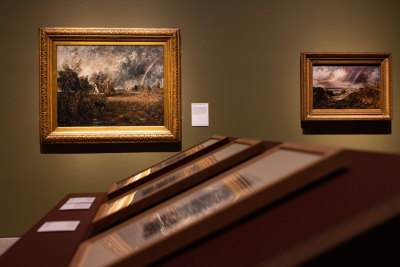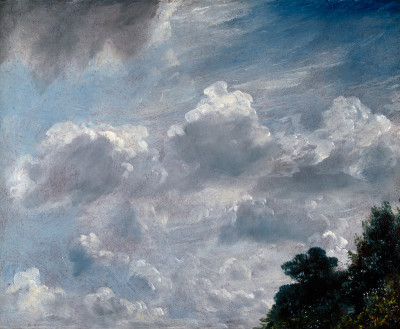Artist of the Month: March 2014
Artist of the Month: March 2014
Norman Stevens ARA
By the RA Collection team
Published 3 March 2014
Born in Bradford in 1937, Norman Stevens enrolled at the city’s art school to study painting aged only 15.
-
His training at Bradford Art College had a profound and lasting effect. There, Stevens developed a strong command of the technical disciplines of painting and drawing while also forging lifelong friendships with talented fellow students including David Hockney, John Loker, David Oxtoby and Michael Vaughan. The group became collectively known in the art world as the ‘Bradford Mafia’.
In 1957 Stevens moved to London to attend the Royal College of Art where he studied alongside Hockney as well as R. B. Kitaj, Patrick Caulfield and other artists who became part of the ‘Pop art’ scene. Stevens did not go down this route and although his work displays some similar interests it always retained a quieter and more subtle tone. After graduating, he continued to work as a landscape painter and also built a successful career as a teacher, becoming Head of Fine art at Hornsey art college in 1971.
-

From left are John Loker, Norman Stevens, David Oxtoby and David Hockney
-
However, it was as a printmaker that Stevens became best known and it was in this category that he was elected an Associate Royal Academician in 1983. Stevens only took up printmaking in the early 1970s, teaching himself the techniques of this medium including the painstaking process of mezzotint. In doing so, he found an art form that perfectly suited his meticulous approach and enabled him to create images of great subtlety and precision. His first prints were monochrome etchings and these paved the way, over the following decade, for his exploration of the range of ‘intaglio’ (incised) printmaking methods in collaboration with James Collyer and John Crossley of J.C.Editions.
Stevens’ prints combine technical mastery with a poetic evocation of the effects of light and shade on the landscape and built environment. The images often allude to human presence while never showing any figures, an intriguing quality that the art critic William Packer has likened to a ‘game of hide-and-seek with the real world’. Stevens also tapped into the Romantic tradition of British landscape art and poetry, making direct references to the work of Thomas Hardy (The Darkling Thrush) and John Constable (Stonehenge: Homage to John Constable). These influences are also clear in his suite of prints entitled Gates from 1976, six of which are held in the Royal Academy Collection
-

Norman Stevens ARA, The Fox, Knighsthayes, 1982.

Norman Stevens ARA, Hidden Gate, 1976.

Norman Stevens ARA, Private Gate, 1976.
-
In the 1980s, Stevens also began to explore the potential of the screenprinting process, working with Brad Faine of Coriander Studio. Using this technique he was able to create more colourful images on a larger scale.
Levens Hall Garden continued Stevens’ innovative series of views of topiary and other features of formal gardens. In this case he used screenprint instead of etching to produce a hyper-realistic contrast of bright, acidic colouring and deep areas of shade. The print was used as the poster for the Royal Academy’s Summer Exhibition in 1985.
Norman Stevens ARA: Selected Prints is in the Tennant Gallery 26 February - 26 May 2014.







